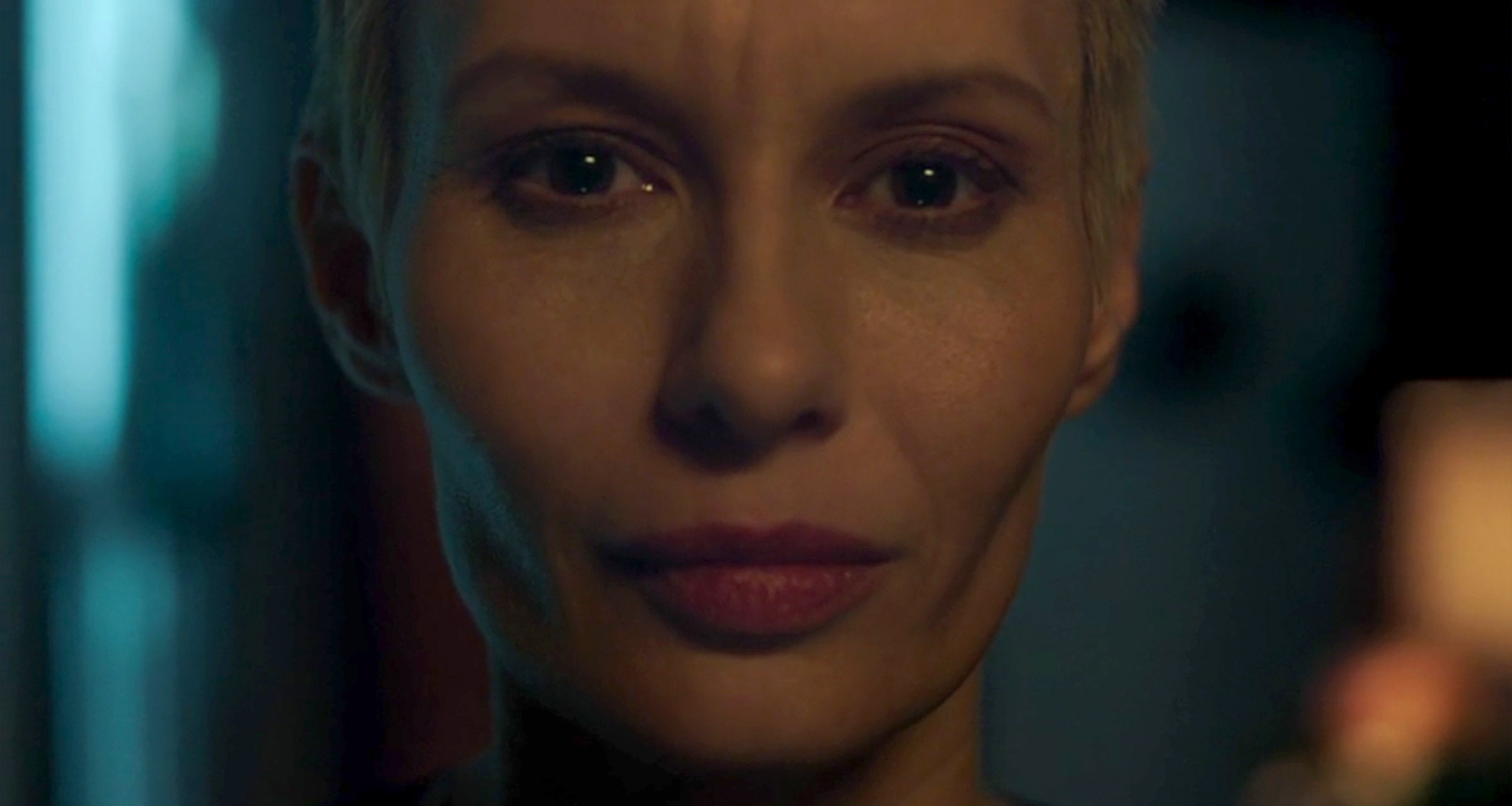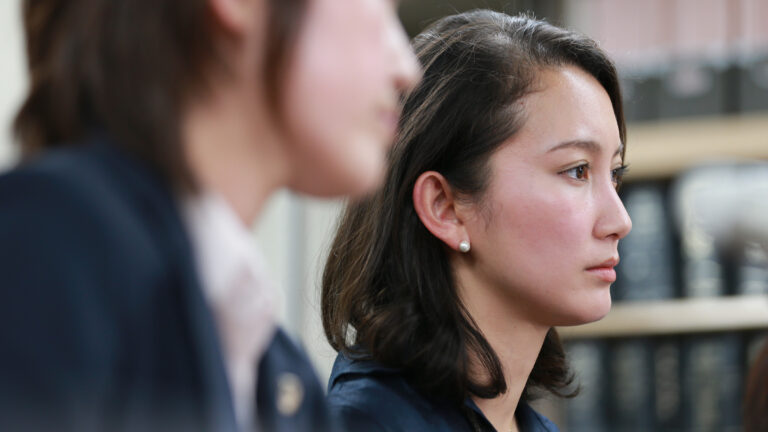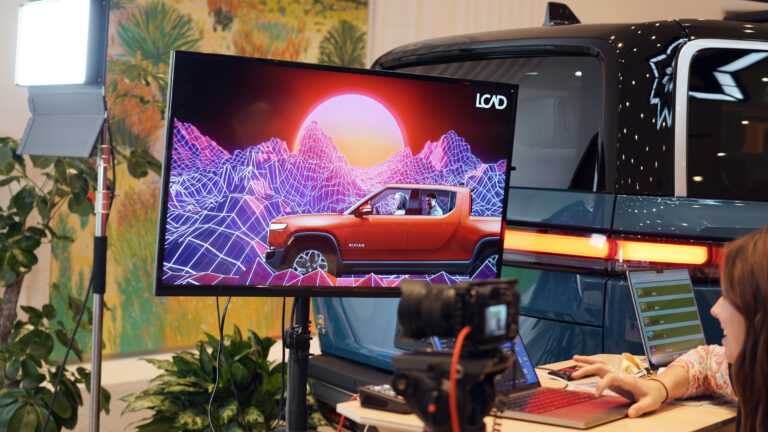When you think about the horror genre and the type of people who labor to produce the macabre, it’s hard not to jump to the tired clichés of black lipstick, goat skulls, and notoriously poor female representation.
So when we spoke to Rachele Wiggins and Enzo Tedeschi, who are both seasoned practitioners in tingling spines, it was almost disappointing to find them thoughtful, entertaining, and disconcertingly normal.
Not only that, but they were happy to share how they’ve maintained their zeal for the gruesome in a digital world, and how the conventional financial challenges of filmmaking can be fixed with unconventional thinking. So let’s get dark!
A fresh take on the familiar
Most recently, Enzo and Rachele are the writer/producers responsible for the new horror anthology Deadhouse Dark, which debuted at the 2020 Cannes International Series Festival.
This six-parter showcases emerging Australian directors (four of whom are women) and has found a home on Shudder, AMC’s subscription-based OTT channel dedicated to thrillers, suspense, and horror content.
As part of Shudder’s “Halfway to Halloween” month, Deadhouse Dark will be playing alongside longstanding horror favorites like Creepshow, as well as new chillers, like The Power, from BAFTA-nominated director, Corrina Faith, and Train to Busan sequel, Peninsula, from Yeon Sang-ho.
And like all the best horror stories, Deadhouse Dark offers fresh takes on the familiar. Each chapter is framed by the genre’s customary themes like isolation, paranoia, murder, and mortality, but painted with a contemporary palette of social media, technology, self-perception, and modern anxiety.
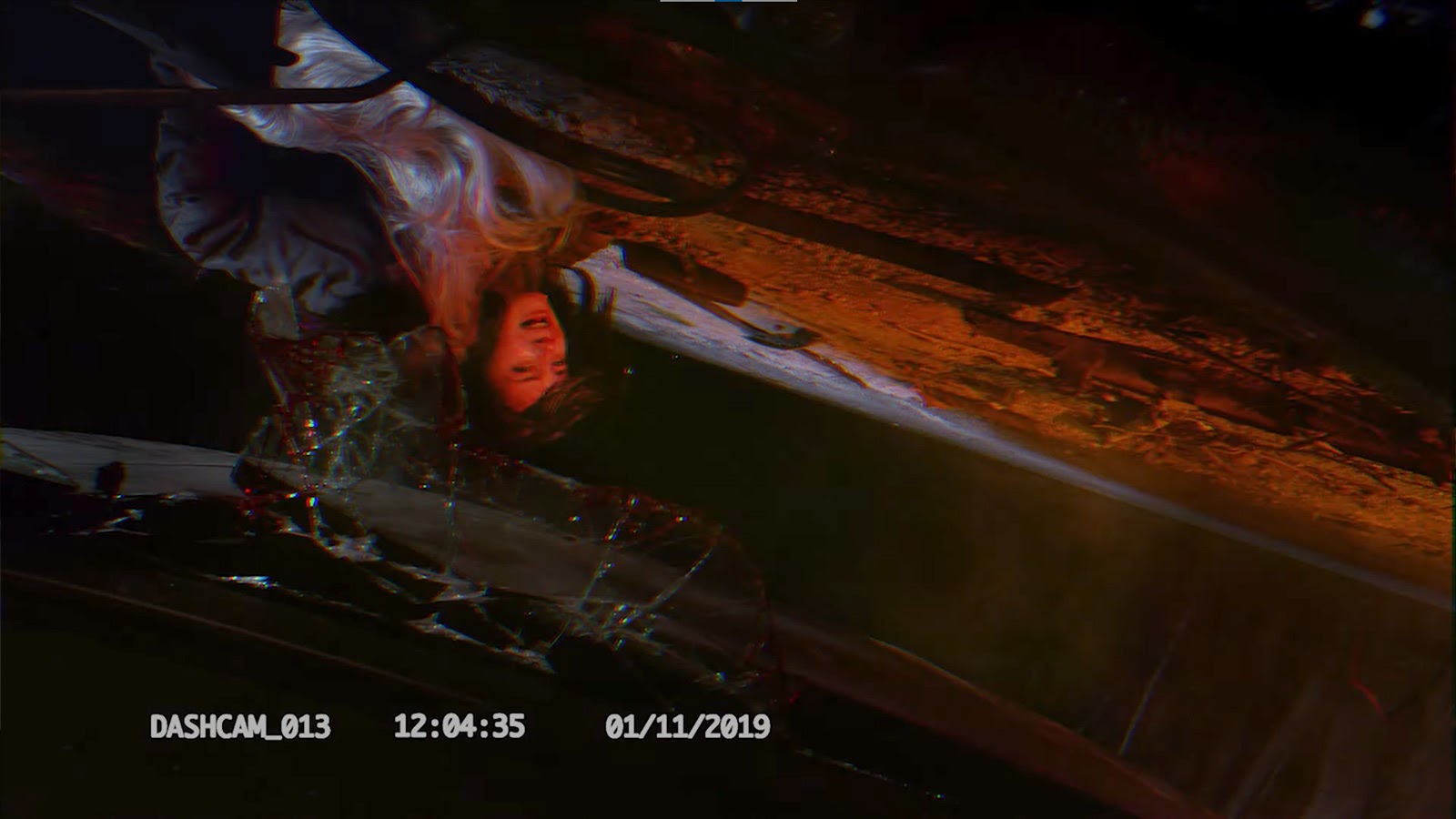
Given the darkness of the subject matter, it seems incongruous for our video call to open on the pleasant, brightly-lit interior of Enzo’s home in Sydney. There’s not even a single dripping black church candle to set the tone.
In fact, the only set dressing to speak of is a pair of framed posters on the wall from earlier productions—Over The Edge and Airlock.
The latter title is a fitting place to start the conversation. It was during the production of Airlock—a 2015 sci-fi series that featured Enzo as producer and Rachele as production designer—where the two forged their friendship. And this managed to survive beyond the trials of this challenging show. (Which, incidentally, received most of its funding from Screen Australia, but was also Australia’s first Kickstarter campaign.)
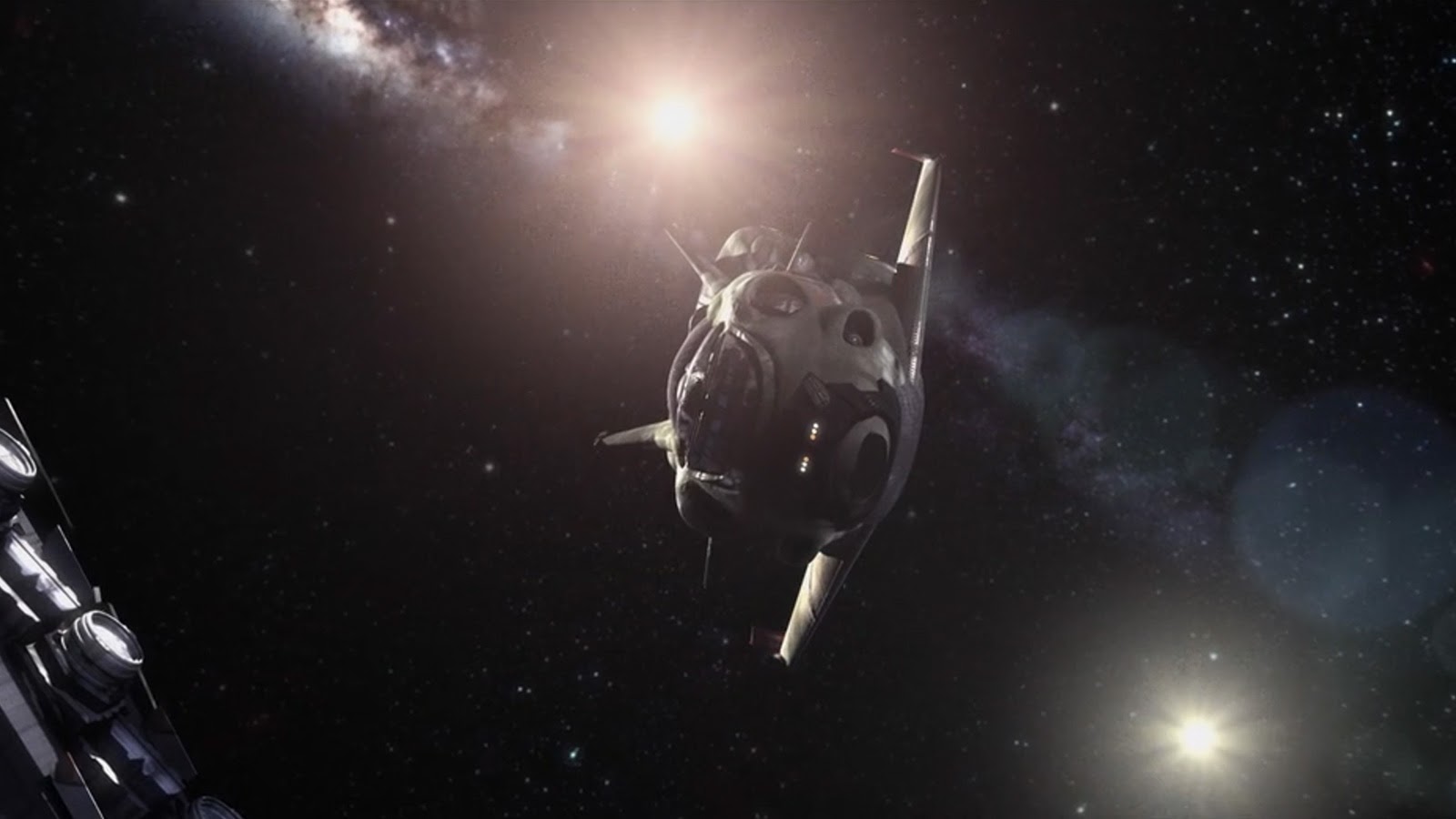
As Enzo puts it, laughingly, “That was the first time we met, and we went through the fire together on an insanely ambitious project that almost killed both of us. And we’ve had a really close collaboration ever since.”
Rachele shares this slightly rueful view. “I think that when you survive a production like Airlock—and it’s not to say that it was all awful—and you find at the end of it that you’re still friends, it’s usually a good sign moving forwards.”
And move forward they have.
Not a stranger to the genre
Australia is no stranger to genre pieces—in the horror sphere it’s perhaps most known for The Babadook, while sci-fi is famously Farscape, and of course there’s whatever category you think Mad Max belongs in.
For their part, Enzo and Rachele have offered up a steady menu of Antipodean sci-fi and horror including recent titles Skinford and Slice of Life.
Which begs the question, why so much horror? What’s wrong with these people?
From Enzo’s perspective, it seems that job satisfaction plays a major part in this career choice. “It’s fun, And silly.” he admits.
“There’s something about the kind of people who tend to get excited about working on these projects—they’re a lot of fun to be around. No-one takes themselves terribly seriously and it’s just a great atmosphere to work in. Especially on lower-budget, independent productions which are such a hard slog anyway.”
“And there’s something to be said about the way that horror lets you explore a whole bunch of darker things in a relatively safe way. And we can do it on a budget that we can manage. It’s an affordable genre.”
No-one’s chasing you with a chainsaw. So it puts things into perspective
Rachele agrees, adding. “When you go and watch a horror for an hour and a half, you’re allowed to be terrified, while in everyday life you have to just get on with things. So it’s that escapism that we’re always looking for when we go to the cinema. And when you come out, you’re invigorated and no-one’s chasing you with a chainsaw. It puts things into perspective.”
“And as a filmmaker, who doesn’t love a little blood and guts and prosthetics?” she laughs.
One thing is clear, their enthusiasm for filmmaking and the horror and sci-fi genres is obvious—so much so, that their answer to the question “what movie do you wish you’d made” sidetracks into a detailed discussion about David Fincher that’s way too long and irrelevant to be covered here.
Empty pockets drive creative solutions
Rachele raised an interesting point about how working with a limited budget can drive your creativity harder.
It’s those little imperfections that make it good. The grittiness, the rawness, the emotion at the heart of the filmmaking process become very instinctual.
“When you don’t have as much money, you don’t have so much time to perfect things,” she says.
“It’s those little imperfections that make it good. The grittiness, the rawness, the emotion at the heart of the filmmaking process become very instinctual.”
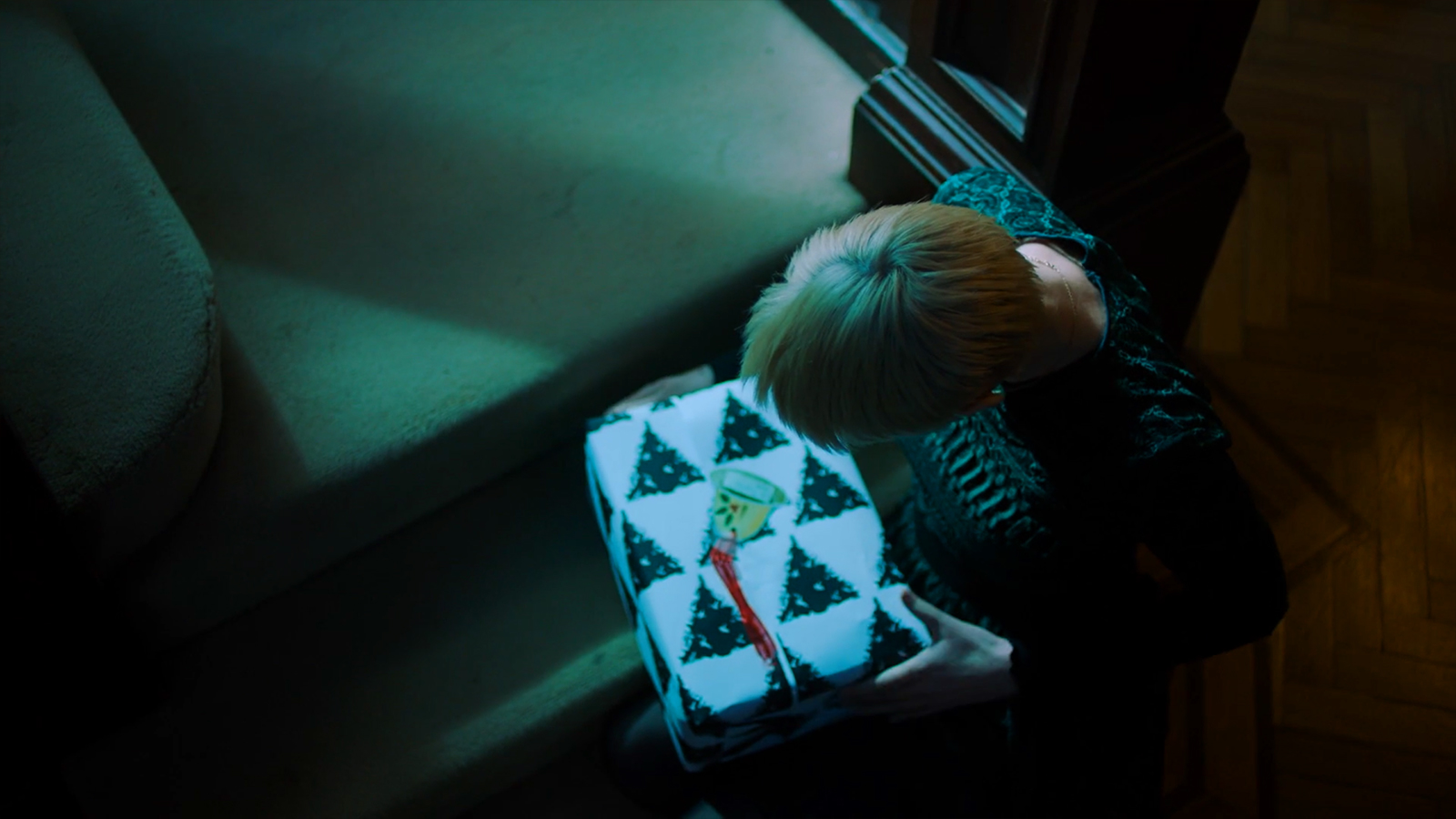
And seeing the benefit of a constrained budget is a healthy way to look at things because, until you make a name for yourself in the industry, financing your production is probably the hardest part of the process.
It takes dedication, perseverance, and on occasion, a willingness to try something unconventional. Which is something Enzo can attest to.
To get his first film, The Tunnel, up and running, he and his production partner found themselves struggling to walk the traditional path to finance, but as he recalls, it was 2010 and things were changing.
DVD sales were slipping, piracy was on the rise, and potential investors were getting squirrely about how Bittorrent was going to murder theatrical takings.
After being told “Look, you guys are nobodies. Even if the film is exceptional, the chances that it will do anything other than average are slim. And here’s what average looks like,” they realized that the production wouldn’t break even.
In response, they didn’t just choose to take a different route, they went completely off-road.
At the time, crowdfunding was nowhere near as established as it is today. Certainly, no Australian movie had ever been entirely financed with capital raised from members of the public.
But that was about to change.
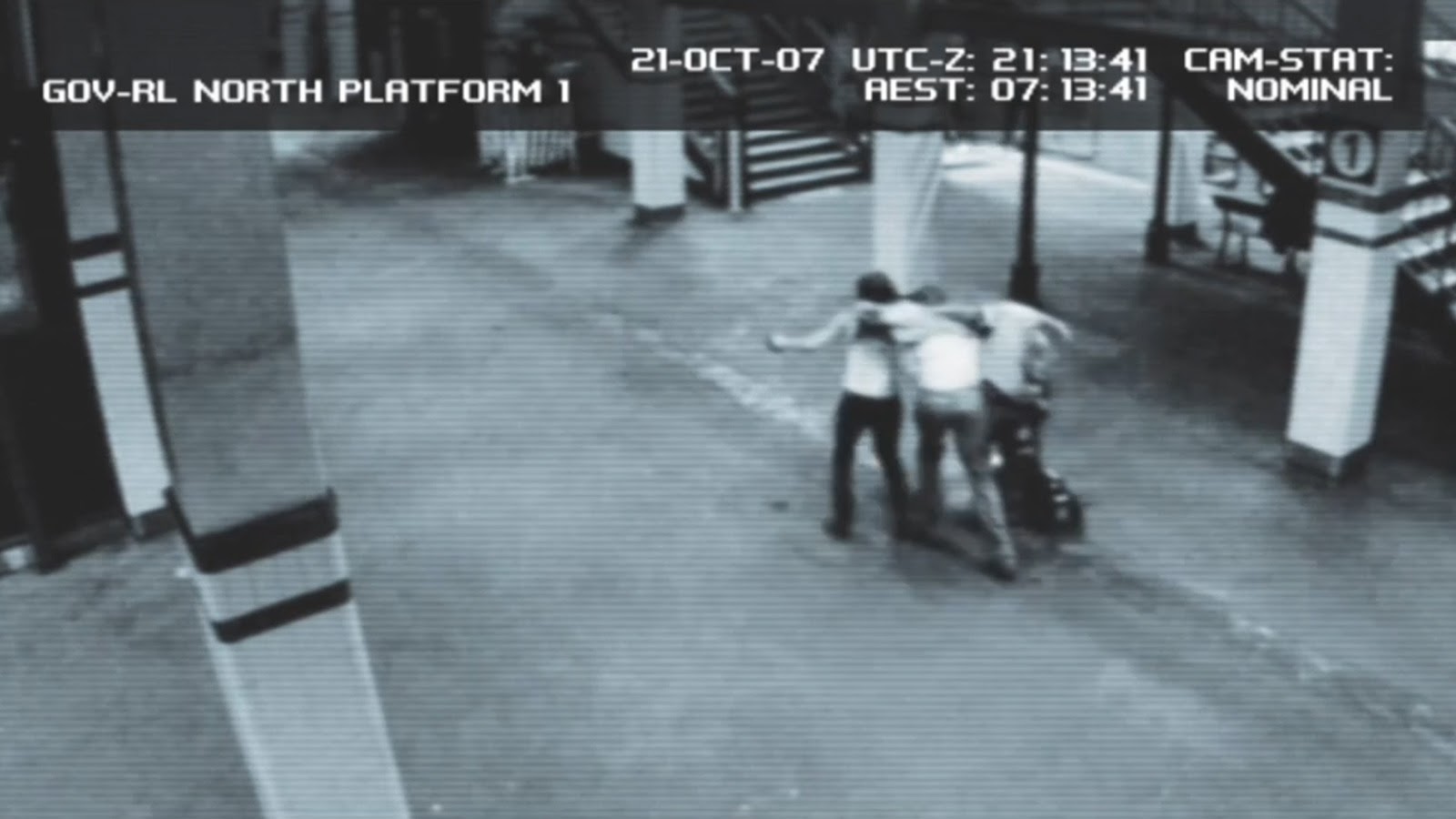
“We built a system that crowdfunded the film by pre-selling digital frames of the movie at a dollar each,” recalls Enzo, “With 90 minutes at 25 frames per second, that gave us $135,000 to go and make our indie film.”
And, fittingly, this is a story with a killer twist.
“Because it was going to be paid for by the internet, we also released it for free on the internet. And we did that in association with Bittorrent.”
We tapped into a controversy that we were really not prepared for, but it worked to our advantage.
So, instead of viewing this pervasive file sharing client as the enemy of film, Enzo saw it as an opportunity. As a result, the download counts were through the roof—he estimates it at around 25M—and the buzz that was generated certainly didn’t hurt.
“We tapped into a controversy that we were really not prepared for,” he laughs, “but it worked to our advantage.”
“When it comes to reaching an audience, I’ve never been afraid to experiment. I think the last ten years for me have been about bridging the gap between the far-flung crazy idea and where the industry’s actually at.”
“Whether it’s finding the money to do something, pulling a team together, or engineering a crazy crowdfunding campaign to make it all work—it’s almost like a startup mentality. Get out there. Do it. Iterate, and do it better the next time. If you’re going to fail, do it quickly, learn, do it again.”
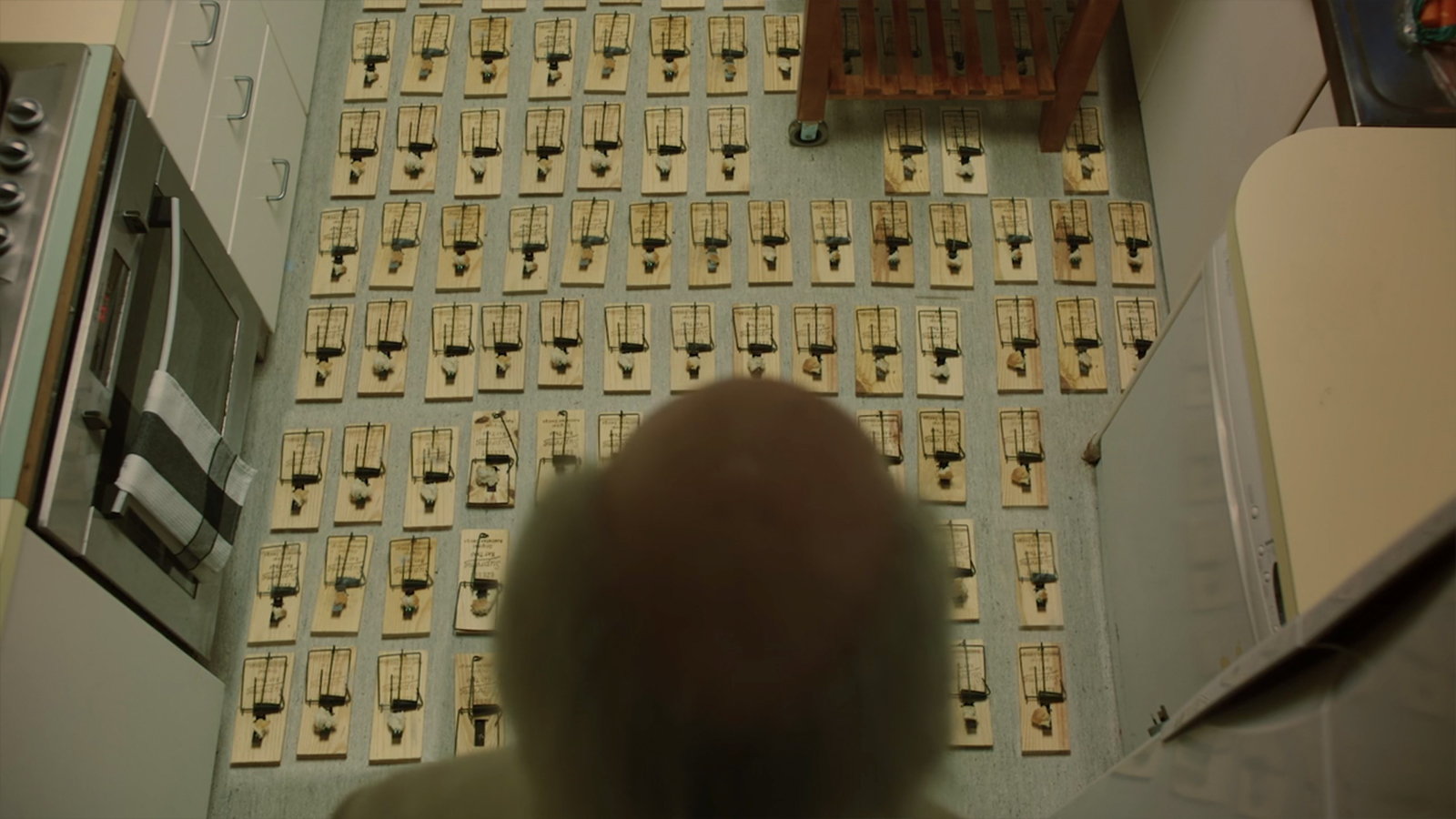
And given how averse investors can be to the concept of horror—often equating it with slasher flicks like Nightmare on Elm St. and Friday the 13th rather than new wave titles Hereditary or Get Out—determination and adaptability are clearly necessary traits when looking for somewhere where your work can thrive.
Scream meets stream
Which leads us to today, and why finding a home with Shudder seemed like a natural fit for Deadhouse Dark.
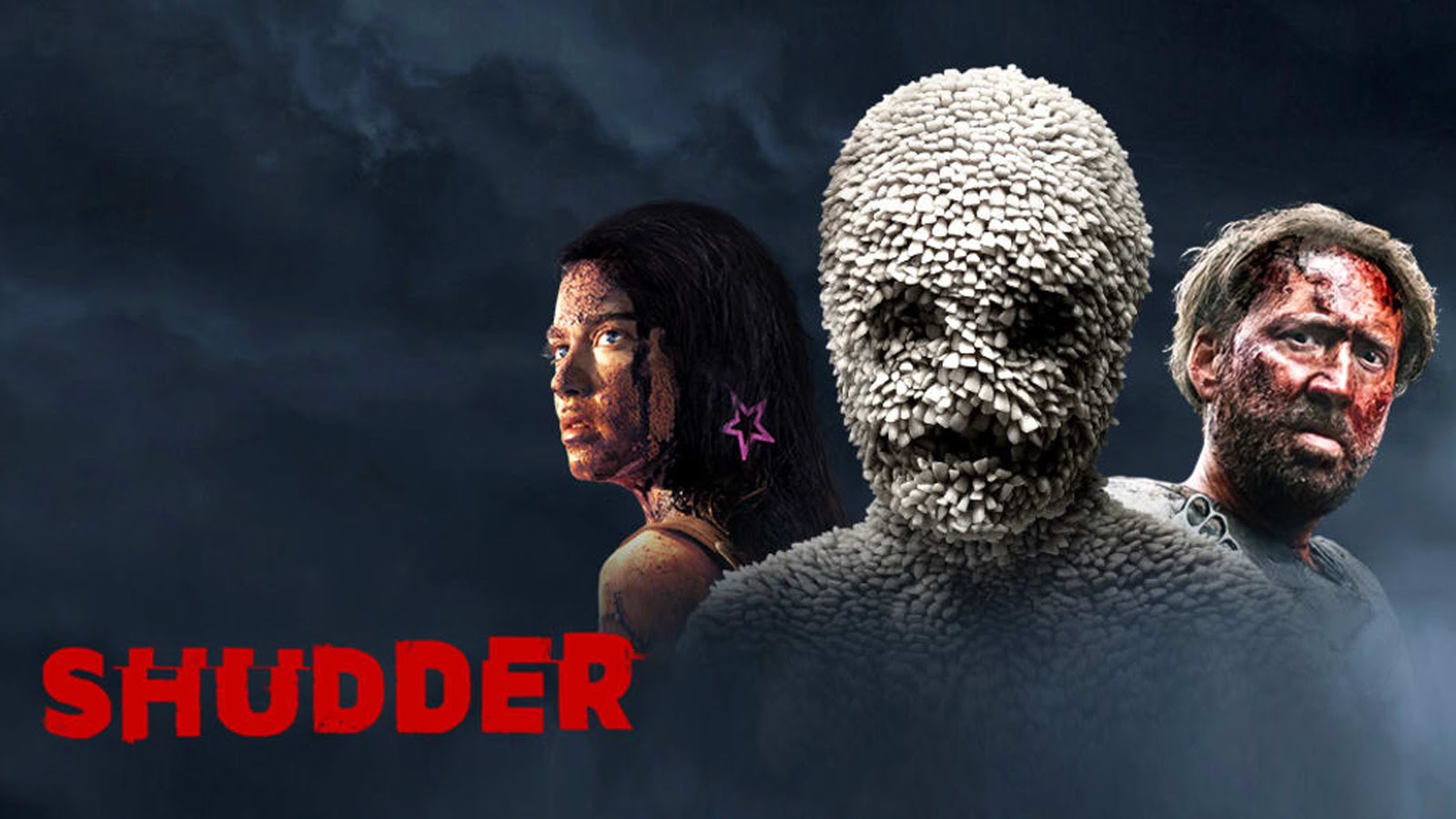
“Streaming platforms make a lot of sense,” says Enzo, “and we didn’t rush Deadhouse Dark out. We sat on it until we found the right home. And looking at the reaction to just the trailers, I really do think that we’ve found the right place for it.”
With Enzo’s affinity for the digital domain, it comes as no surprise, then, that Deadhouse Films is a long-time user and advocate of Frame.io.
“I’ve been doing reviews and notes online for the last 15 years, and before that, I was uploading postage stamp-sized videos using dialup. So the moment I saw what Frame.io was doing, I thought it was amazing.”
“On Deadhouse Dark alone, we were filming on the Gold Coast for one episode while our editor was working in Sydney with a director who was still in Europe, and our vfx was being done in Croatia. Sound reviews were taking place on Frame.io, grade was interstate. I don’t know what we’d do without it, I’ve forgotten how we used to do it.”
And with teams spread out across the world, it seems likely that Camera to Cloud will play a part in Deadhouse Films’ future.
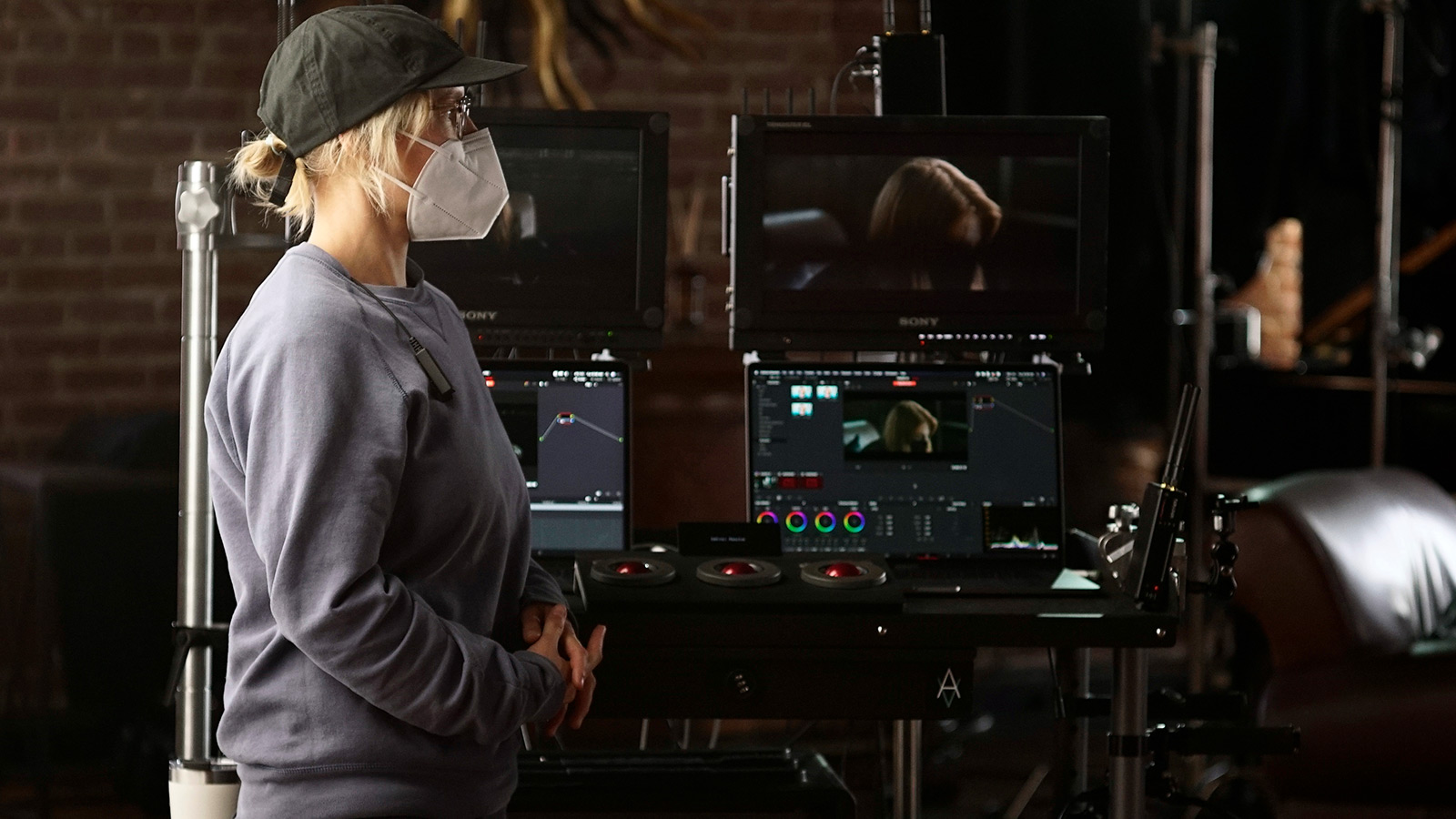
Or as Enzo puts it. “I cannot wait for the next production. I will be foisting Camera to Cloud on the team so hard, you have no idea,” he enthuses. “We already use Frame.io for dailies. Our cards come back to the production office, an assistant will process that, sync it up, and get it up on Frame for our directors, investors, and other stakeholders.”
“Camera to Cloud taking care of the sync, taking care of the magic that it does online—it’s astonishing.”
But it’s not just the distribution of content that has been forever changed by widely available high-speed internet.
Enzo and Rachele both agree that it’s also the consumption of this media that’s been altered, too. And that can bring its own challenges, like coming up with new ideas.
New threads
In the past, folklore and urban legends—a traditional source for horror pictures—would travel via word-of-mouth, so their range was limited.
Now, forums like Reddit, and social media have accelerated the distribution of this kind of material to an almost instantaneous global audience.
“You just have to prospect a little bit more, you know?” says Enzo. “You have to dig deeper for the gold.”
As an example, he cites an episode from Deadhouse Dark called No Pain, No Gain, which details the struggle of a young athlete willing to drive herself to any length to reach her goals.
“It’s actually inspired by a social media phenomenon called the blue whale challenge, which is essentially a suicide pact,” he explains.
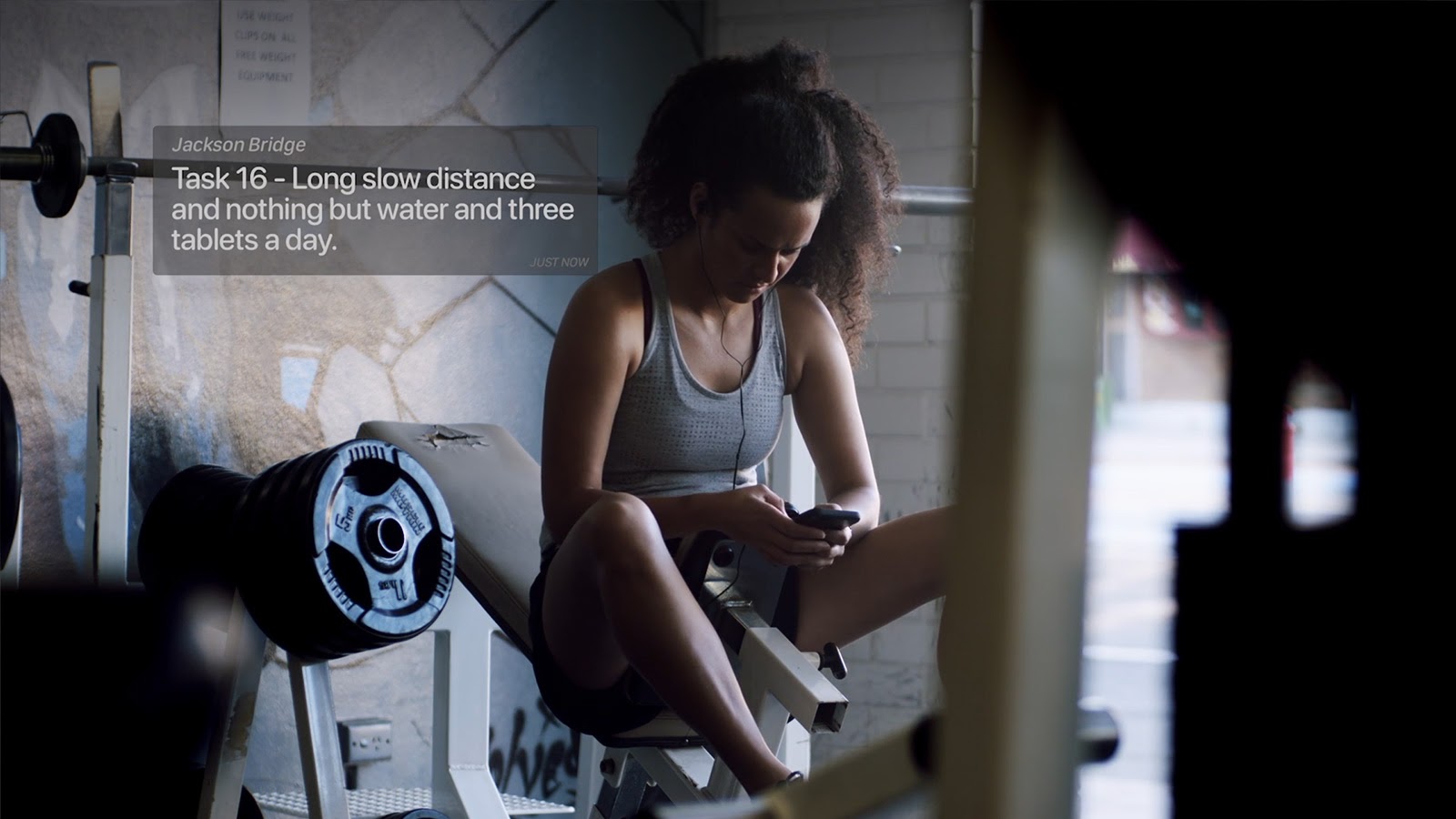
“Predators stalk weak people online, or soft targets like support groups, and bait them into participating because they’re so susceptible. It’s a power trip. They set them tasks over time that are intended to desensitize them to the idea of suicide. It’s an awful, awful phenomenon, but rife with storytelling possibilities.”
And he recognizes that there’s a heavy responsibility that accompanies this piece, describing it as “a dangerous place to be setting a story” and that some stories are simply not his to tell.
But in many ways, dragging these darker parts of human behavior into the light becomes more than simply a grisly tale told for the shock of it.
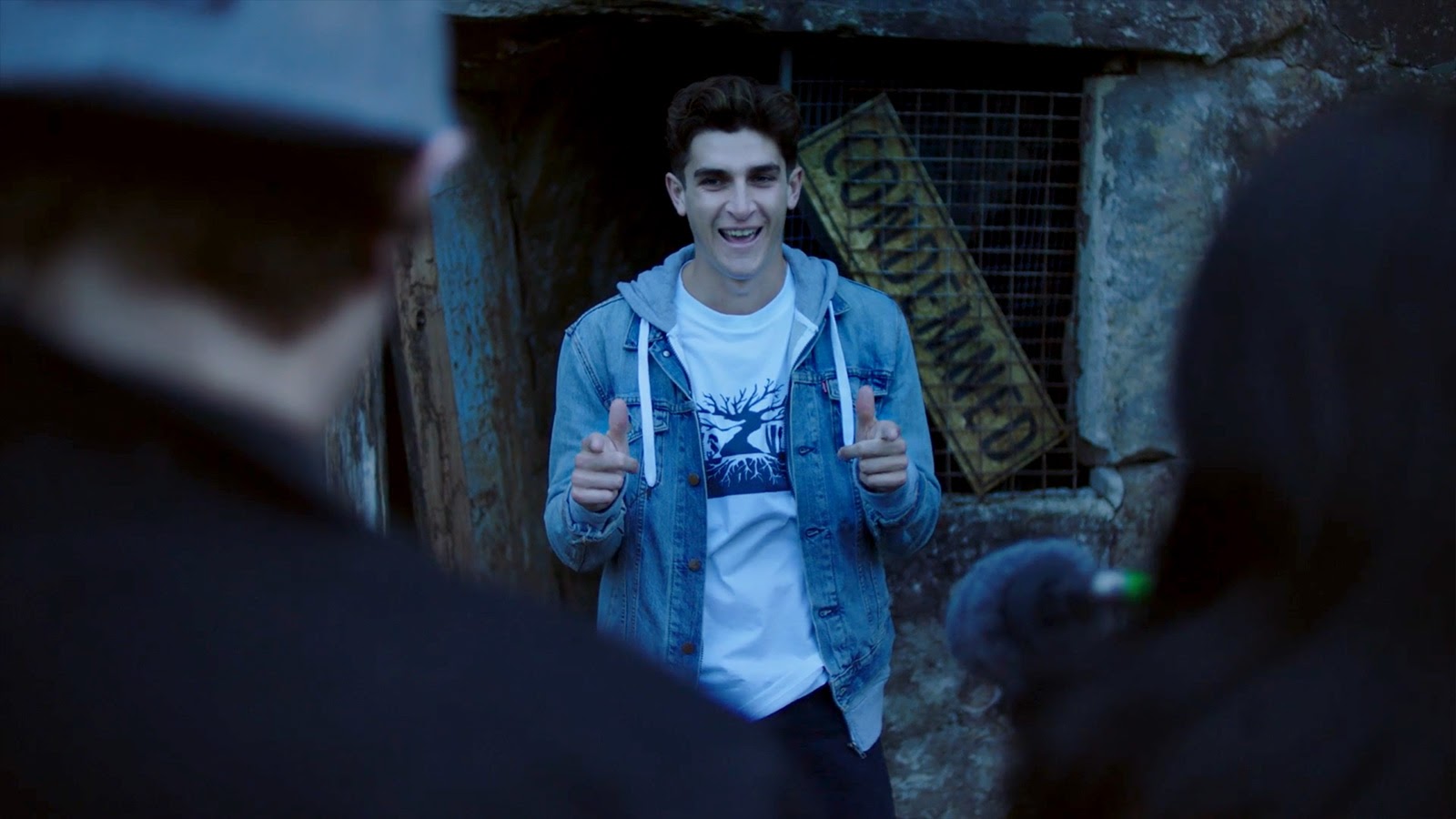
Much like the origins of Grimms’ fairy tales, or the prudish cliché of eighties horror movies that equated promiscuity with early death, horror stories come from a tradition of education, rather than cathartic entertainment.
Or, as Rachele puts it, “Horror is usually a simple fable.”
“It’s a tale that’s told so that we learn a sense of what’s morally right and wrong. What then becomes interesting is how you tell the story, and there are all of these new and wonderful ways to create and tell these stories differently.”
Evolving themes
Just as cautionary tales have evolved over time, so have the themes that drive contemporary horror.
For example, you won’t find themes like child abuse, anti-Semitism, and incest treated as glibly as they often were in Grimms’ fairy tales, and Rachele also notes that the trope of women as victims is also shifting.
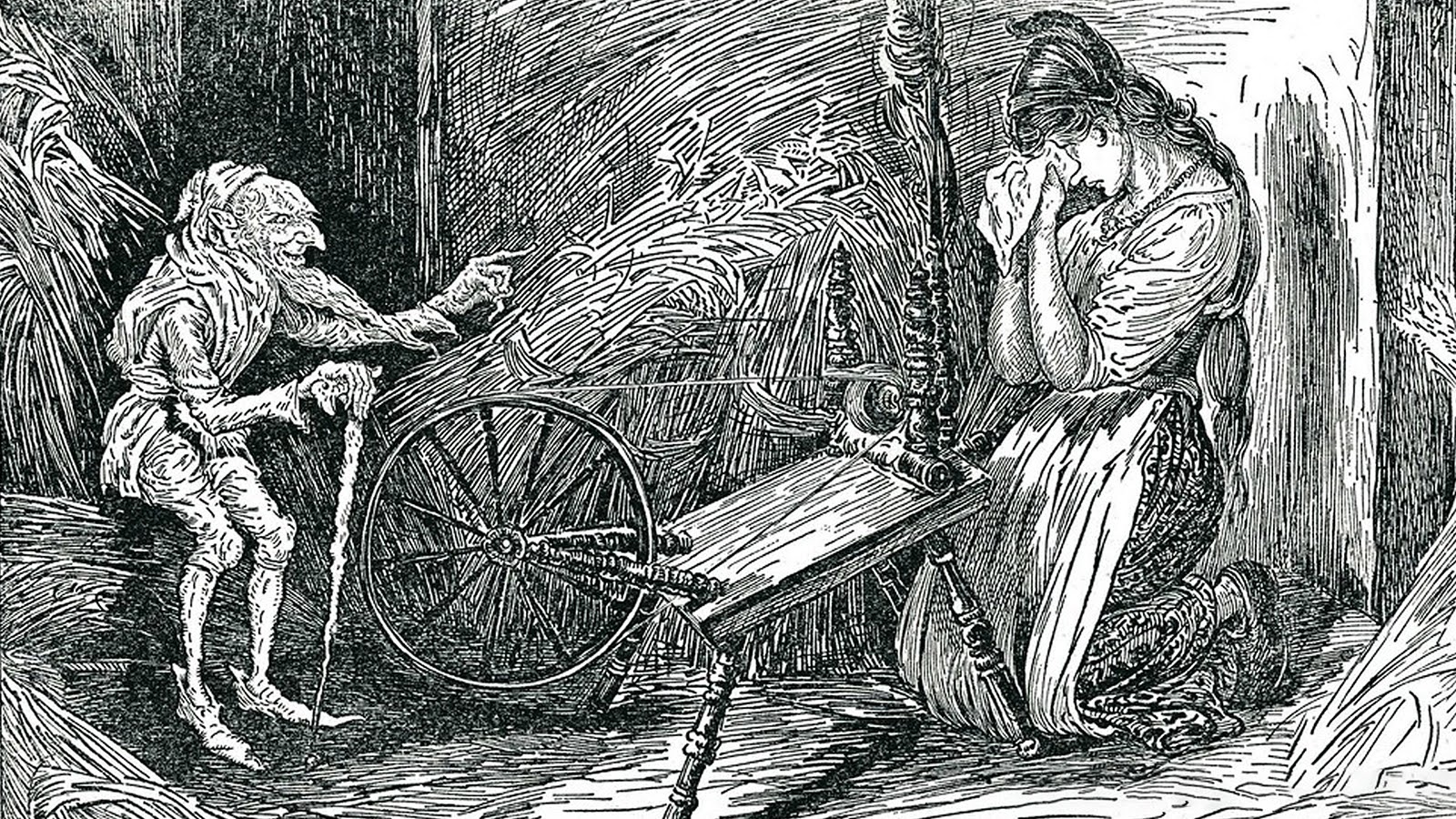
“In my view, tapping into the zeitgeist, you start to see that in the performers. So the characters you’re creating and writing about, and the performances themselves are starting to change.”
“We’re writing more about women characters, for instance. We’re starting to do things that maybe we haven’t done before,” she says.
“I think we’re really starting to get deeper into character creation from different perspectives, whether that be from a female point of view, or from a transgender point of view. It’s become less conscious. I think people are starting to go there naturally.”
Nothing but positivity
As for the industry, Rachele certainly sees positive change taking place around her.
“I’m starting to see an overall confidence in women, in general, to actually ask for opportunities. I know a lot of my girlfriends have struggled over the years to think ‘I think I could have a go at producing’, or ‘I think I could have a go at writing’ and actually having the confidence to do so.”
“And a lot of the change I’m seeing comes down to having other friends who are also feeling confident. It was spurred on by the #metoo movement, but I think it’s just the way that the world is right now. Everyone’s rethinking and resetting their points of view. Not just for women, but for everything. There’s nothing but positivity moving forward.”
So despite being part of a genre that lurks on the fringes of the film industry, horror producers like Rachele and Enzo are, in their own ways, happily blazing a trail for the rest of us. Whether it’s finding ways to create more with less, adding new voices to old tales, or simply giving others the confidence to find their own path, there’s a lot to learn from them.
And while we’d like to end on this cheerful and optimistic note, horror tradition dictates that we finish on a jump scare instead.

